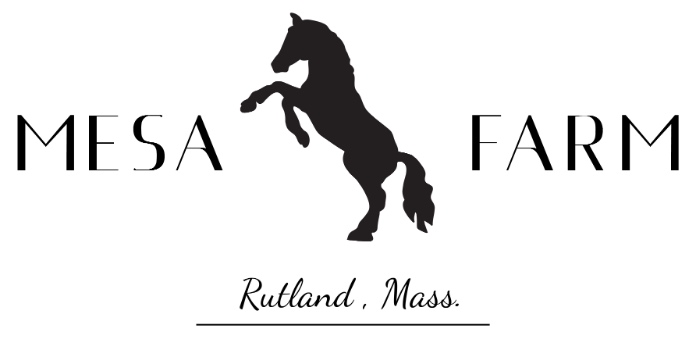May 16, 2020
Tuesday, May 26, 2020
Share
It's for the birds...
I was fortunate 30 some years ago to be part of a small group that spent a day with David Kline, an author, farmer, and naturalist from Holmes County, Ohio who also happens to be a bishop in the Amish community. During our visit to his Larksong Farm he shared a tradition his family had of keeping an annual calendar of bird species seen on their farm. What a great way to learn about and observe nature. I'm too much of an amateur bird-watcher to be good at it, but we did try this one year when I worked at the Heifer farm while an excellent birder and naturalist, Darrell Huddleston was there. We kept a wall chart in the meeting room and by the middle of May all the resident volunteers except one had their name on the chart and a species they'd identified. The one lacking finally made the list one morning when she was sitting on the mudroom steps putting on her workbooks when a red-eyed vireo crashed into a nearby window and fell unconscious to the ground beside her.
I've tried to make mental notes of the different bird species I've identified this spring. It starts with the birds that are here year-round or do more regional migrations such as the sparrows, starlings, grackles, pigeons, chickadees, cardinals, nuthatches, crows, ravens, Coopers hawks, vultures, and pileated and downy woodpeckers. Den and Meg, next door, have a bird-feeder that draws lots of species. Our back yard is a little too windy and I only left the feeder in the front yard in place for a couple weeks several years ago when our indoor-outdoor cat thought it was a cat-feeder and spent every sunny and warm day camped out salivating underneath it.
This year I saw robins and bluebirds back in February and even a bald eagle as it flew over the farm toward Muschopauge Pond later that month.
The call of the Canada geese is a welcome spring herald in early March and as they gathered at Muschopauge Pond as quickly as the ice melted. March 6th had a visable skim of ice and slush and, aided by a breeze, by mid-day on March 7th it was rippling blue water. it isn't long before these early birds were joined by a host of annual returnees later that month and into April such as the woodcock, mourning doves, and killdeer. Canvasback (enroute to other places) and mallard ducks then returned to the pond along with a great blue heron and some species of seagulls that only stayed for a few days. A large flock of redwinged blackbirds spent a day in a freshly snow-covered garden looking for any leftover weeds with seeds that might be poking through the snow. They exploded into the air like fireworks with their little red markings shimmering in the sunlight any time I went near them. A pair of phoebes started hanging out in the woodshed and one of them spent a couple cold nights staying warm by sneaking in the greenhouse.
The next group of migrants consisted of a pair of the little falcons which I grew up knowing as sparrow hawks until some marketing team decided their popularity would improve if they were rebranded as American kestrels. A pair of redtailed hawks also moved back into the woods North of the farm buildings.
Then came my beloved barn swallows in late April and more recently their cousins with the paler colored bellies, the tree swallows.
Most of these species have been busy mating and building nests. The phoebe pair have repurposed an old barn swallow nest in my woodshed; lining it with soft bluish-grey feathers, to raise their brood. A robin has built a nest about a dozen feet away.
More bird species are now arriving. A mockingbird, supposedly another more regional migrator, announced his arrival a couple several weeks ago sharing his vocal immitation skills from his favorite locations on the peak of the barn and the top of our garden arbor. Den, upon hearing the news of the returning mockingbird, quipped, something to the effect of, "Like this road doesn't already have enough sarcasm".
Recent new sightings include a rose-breasted grosbeak; and also a vivid scarlet tanager high up in our backyard pear tree a couple mornings ago and just yesterday saw and heard the first bobolinks who make their summer home in the field across the road and will now keep me entertained as I work on the fence. The latest to arrive were a pair of orioles, hanging out in the same pear tree the tanager was in a couple days ago. Manyof these songbird species migrate as far away to Central and South America and to ensure their annual pilgrimage is a good enough reason alone, never mind they are also the lungs of the planet, to support the protection of the Central and South America rainforests. The bobolinks migrate the farthest, across the gulf of Mexico back and forth from the grasslands of Brazil and even into Argentina.
For those of you who want to increase your awareness of our wild feathered friends, the Cornell Lab website is a great resource (and there are some really cool nest-cams) on their site and elsewhere on the internet.
Have a blessed sabbath day tomorrow.
First photo: This phoebe has been sneaking in the greenhouse for warmth and insect snacks.
Second photo: See the mockingbird sitting on top of the arbor? Look closer. Still no? Me neither...

